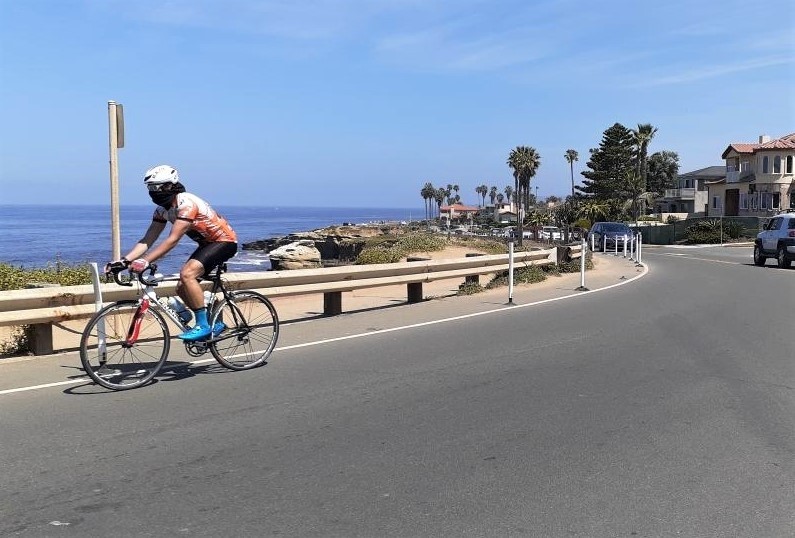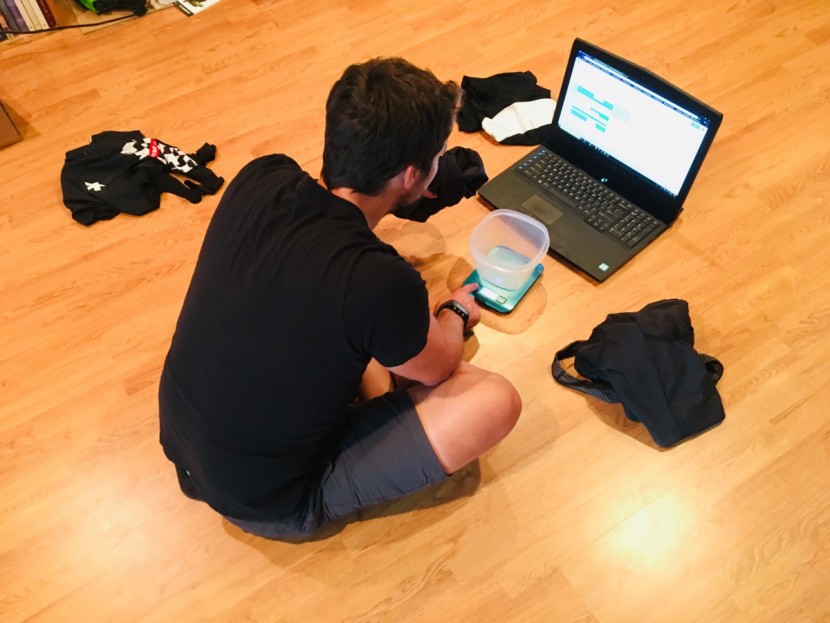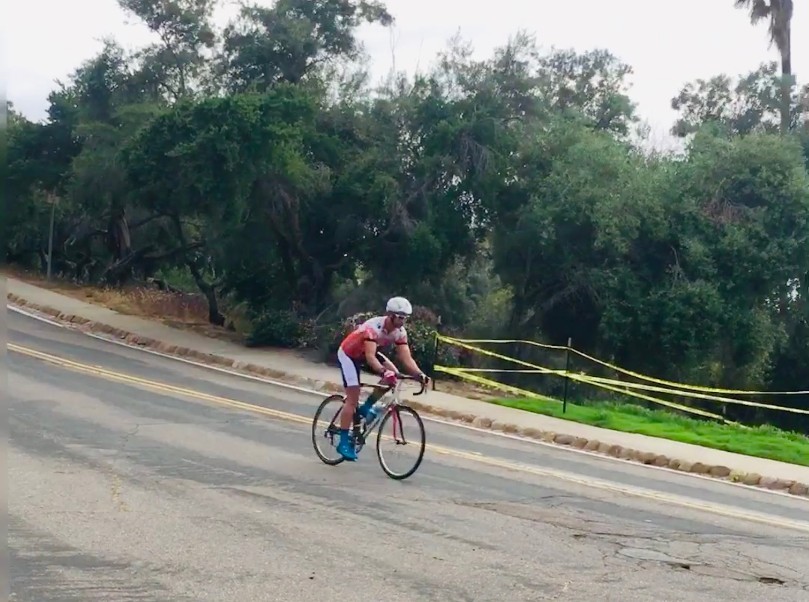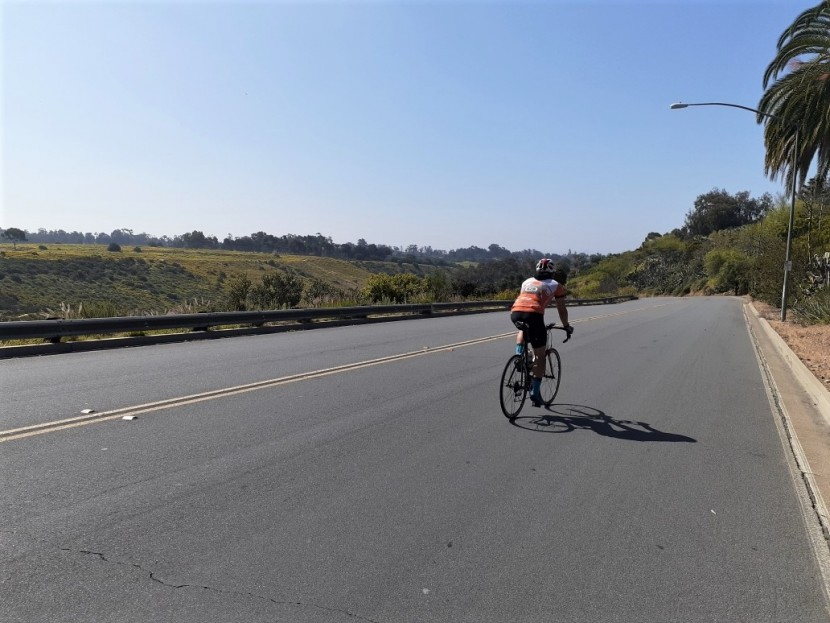How We Test
At GearLab, we look at the top bike shorts and bibs on the market and use an internal selection process to focus in on a smaller group of solid shorts for further evaluation before finding a subset of what we feel are the best shorts for a given category of shorts or riding. The best shorts for spit might not be the best for touring. We use that framework in our selection process and we test to it as well. Each pair will be put through all the same testing and riding, but there may be additional considerations given to shorts that are purpose-made for a type of riding. Once we've made our selections, we test the heck out of these things, looking to tease out what makes them special and what makes them fail. We ride hills, rain, heat, cold, and anything else we can think of that might be useful to some rider somewhere. We even ride trainers (with great gnashing of teeth and tears). We focus on hard riding like hillwork, spin, crit, or tempo rides, but there's a healthy mix of work commutes and slow base mile-type days. We spend as much time in the saddle as possible trying to recreate all of the major riding styles.
All shorts get at least 20 hours in the saddle with perhaps as many hours of reading and researching fabric, composition, performance, complaints, and anything else we can find that will give us useful insight into the products, how they're holding up for us, and what other riders are getting out of them.
It's important to note that we don't handicap any cycling shorts, but we do pay attention to specialization and intentional designs. By that, we mean speedy criterium shorts likely won't have supple chamois padding, so they're not going to be as comfortable as touring shorts on a four hour ride sitting up on the hoods. Those speedy crit shorts are designed to cushion you when you're down in the drops in and out of the saddle for 45 minutes and that's the performance we're looking at when we assign scores.
To that end, we do analyze under the frameworks of our award winners. Affordability shorts need to meet some parameters to be serviceable relative to a price point. Top awards need to be top-ranked in the categories related to their award category. The top scorers need to have the most consistent high-marks across all categories with zero dealbreakers or sandbags. That said, you can't help when shorts are just hurty, no matter their designated purpose.
Testing Metrics
Below is an overview of how we test and examine each quality we use to rate the shorts. Style is a little subjective, but it matters. Great feeling shorts are important, but some of us want to look somewhat presentable when we're out on the road or surrounded by fit, athletic people in the spin room. Style scores will be determined by a combination of the general visual appeal of the shorts and by comparing to some of the most popular styles across the market. Of course we also try to keep an eye on what's happening on the pro-circuit and the major global tours. Typically the teams are reined in pretty closely when it comes to look and style, but once in a while you'll catch clips of a pro out training somewhere on GCN, Sigma, Velo News or some such place.
Breathability is examined by riding experience, drying times, and material and design. Working up a solid sweat and making a note of the tendencies to wick or retain serves road and spin experience reasonably well. As any good cyclist should know, hand-washing shorts and praying for them to dry over the A/C vent of a hotel or hanging up in a bathroom somewhere is the rider's modus operandi, especially if they only have a single pair of shorts and ride often. We decided that a good aspect of breathability is not just for the shorts to wick away moisture while riding, but also to dry quickly, so we made sure time the drying of each pair on a drying rack. We also look at the materials and designs to see how they impact breathability.
Padding and protection are examined by riding and looking at material and design. Because shorts can perform differently depending on the duration of the ride, we look at both hard, fast, short rides around 20 miles or an hour in spin and longer rides in the 60 and 70-mile range (we did not sit in any spin classes for longer than 90 minutes). We also make sure to look at the design of the padding because, as we know, everyone's posture and sitting anatomy is different and the configuration of the padding might not quite work for our testers, but might be better suited to some of you out there.
Fit comfort, much like padding, is examined by short and long rides and then material and design. Some items might feel great for the first half of a ride only to have chafing or bunching set in after an hour or two of pedaling. Efficiency and pedal friendliness is examined through both short and long rides, comparing waist and leg band elasticity, and looking at design and materials. Durability is examined by comparing fray, wear, design failures (like chamois pads coming unsewn, which has happened to the reviewer, but not for this cohort of shorts), and the integrity of the materials and design.





